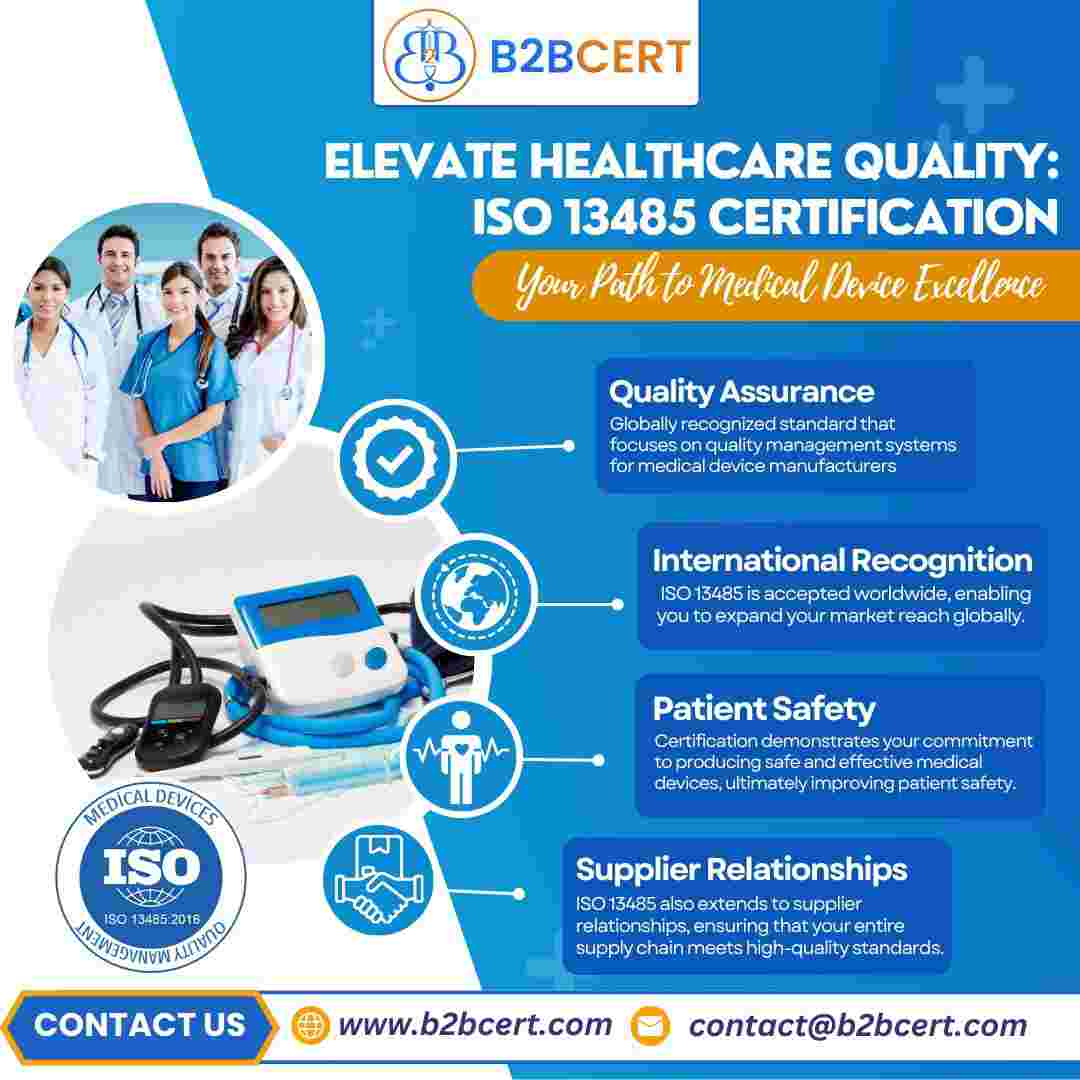In the highly regulated world of medical devices, nonconforming products aren't just an inconvenience; they can have serious implications for patient safety, regulatory compliance, and your organization's reputation. While identifying a nonconformity is the first step, truly resolving the issue – and preventing its recurrence – requires a robust root cause analysis (RCA). For medical device manufacturers aiming for or maintaining ISO 13485 certification in Bangalore, mastering RCA is not just good practice, it's a fundamental requirement.
Why Root Cause Analysis is Critical for ISO 13485
ISO 13485:2016, the international standard for quality management systems in medical devices, places significant emphasis on identifying and addressing nonconformities. Clause 8.3, "Control of Nonconforming Product," specifically requires documented procedures for handling nonconforming products, including investigation and actions to prevent recurrence. This is where effective RCA comes into play. Without understanding the root of the problem, you're merely treating symptoms, leaving your system vulnerable to repeated failures.
For organizations leveraging ISO 13485 Consultants in Bangalore and utilizing ISO 13485 Services in Bangalore, understanding and implementing strong RCA methodologies is a cornerstone of their quality management system (QMS).
The Steps to a Comprehensive Root Cause Analysis
Conducting a thorough RCA involves a systematic approach. Here's a breakdown of the key steps:
1. Define the Problem Clearly (What happened?):
-
Initial Identification: What is the nonconforming product? What are its characteristics?
-
Documentation: Record all relevant details: date, time, batch number, affected quantity, location, and the specific nonconformity observed. Use clear, objective language.
-
Containment: The immediate priority is to prevent further use or distribution of the nonconforming product. This might involve segregation, quarantine, or recall.
2. Gather Information and Data (Who, Where, When, How?):
-
Collect Evidence: This is crucial. Gather all relevant data, including manufacturing records, inspection logs, raw material certifications, equipment maintenance records, training records, environmental conditions, and customer feedback.
-
Interview Personnel: Talk to everyone involved in the process – operators, quality control personnel, supervisors, engineers. Their insights are invaluable.
-
Site Inspection: Visit the area where the nonconformity occurred. Observe the process, equipment, and environment. Take photos or videos if helpful.
3. Identify Potential Causes (Brainstorming and Categorization):
Once you have sufficient data, it's time to brainstorm potential causes. Here are some common RCA tools that can help:
-
The 5 Whys: A simple yet powerful technique. Start with the nonconformity and ask "Why?" repeatedly until you get to the underlying cause.
-
Example: Nonconforming product (e.g., incorrect dimension).
-
Why? - Machine setting was wrong.
-
Why? - Operator used an outdated work instruction.
-
Why? - Document control system didn't flag the outdated version.
-
Why? - No review process for document updates.
-
Why? - No clear responsibility assigned for document review. (Potential root cause)
-
-
Fishbone Diagram (Ishikawa Diagram): This visual tool categorizes potential causes into main branches like Manpower, Methods, Machines, Materials, Measurement, and Environment. This helps ensure a comprehensive review.
-
Pareto Chart: If you have multiple types of nonconformities, a Pareto chart can help prioritize which ones to focus your RCA efforts on first (the 80/20 rule).
-
Process Flow Analysis: Map out the entire process to identify steps where deviations could occur.
4. Determine the True Root Cause(s) (Verification):
This is where you move beyond potential causes to identify the actual, underlying reason(s).
-
Test Hypotheses: Based on your potential causes, develop hypotheses and test them with additional data or experiments.
-
Correlation vs. Causation: Be careful not to confuse correlation with causation. Just because two events happen together doesn't mean one caused the other.
-
Verify the Root Cause: Can you definitively link the identified root cause to the nonconformity? If you eliminate this root cause, will the nonconformity be prevented from recurring?
5. Implement Corrective Actions (Addressing the Root Cause):
Once the root cause is identified, develop and implement corrective actions that directly address it. These actions should be:
-
Specific: Clearly defined.
-
Measurable: Can you track their effectiveness?
-
Achievable: Realistic and within your control.
-
Relevant: Directly address the root cause.
-
Time-bound: Have a clear deadline for implementation.
6. Verify Effectiveness (Did it work?):
This final step is crucial and often overlooked. After implementing corrective actions, monitor their effectiveness over a defined period.
-
Monitor Data: Continue to track relevant process parameters and nonconformity rates.
-
Re-audit: Conduct follow-up audits to ensure the new processes or controls are being followed.
-
Prevent Recurrence: The ultimate goal is to prevent the nonconformity from happening again. If it does, you may need to revisit your RCA.
For medical device companies in Bangalore, partnering with experienced ISO 13485 Consultants in Bangalore can provide invaluable guidance throughout this RCA process. They bring expertise in various RCA methodologies and can help tailor an effective approach to your specific QMS, ensuring compliance and continuous improvement within your organization. Ultimately, a robust RCA process strengthens your QMS and enhances patient safety, a core tenet of ISO 13485 certification.




